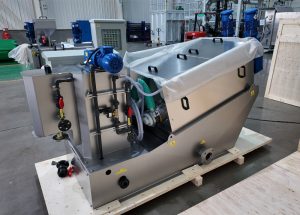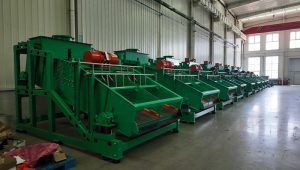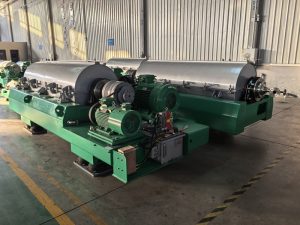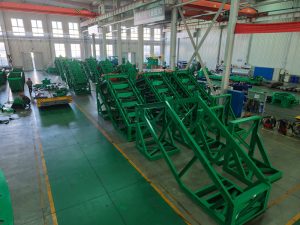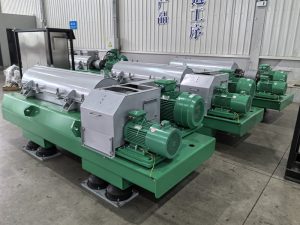In response to growing demand for efficient and cost‑effective sludge handling solutions across industrial and municipal sectors in South America, GN Separation has delivered a tailored Sludge Dewatering Screw Press Package designed to meet rigorous performance and environmental requirements. This solution exemplifies GN’s commitment to providing reliable, automated dewatering systems that reduce sludge volume and improve downstream handling.
What Is a Screw Press and How It Works
A screw press is a mechanical dewatering apparatus that uses the principle of screw extrusion to separate solids from liquids in sludge. The design consists of a screw (or auger) rotating within a structured filtration zone formed by fixed and floating rings. As sludge progresses through the press, the screw geometry—specifically changing diameter and pitch—creates increasing compressive forces that squeeze out liquid. The filtrate exits through the narrow gaps while the concentrated solids are discharged as dewatered cake.
The process typically begins with sludge entering a conditioning tank, where flocculants are added to promote aggregation of fine particles. This conditioned sludge then flows into the dewatering section, where the screw’s movement generates pressure, reducing moisture content and producing a more manageable, solid output.
Key Components of the South America Package
The package delivered to the South America client includes the core GN Screw Press Dewatering Machine and supporting auxiliary systems:
-
Automatic Control Cabinet: Enables continuous, automated operation with minimal operator intervention, improving reliability and reducing labor costs.
-
Flocculation Modulation Box: Ensures precise dosing and mixing of flocculants to enhance solid capture and improve dewatering efficiency.
-
Sludge Thickening and Dewatering Assembly: The core processing unit where solid‑liquid separation occurs through mechanical pressing.
-
Filtrate Collection System: Manages and returns or discharges clarified water for further treatment or reuse.
Advantages of This Solution
The GN Screw Press offers several operational and economic benefits:
-
Cost‑Effective and Environmentally Friendly: Lower capital and operational costs compared to some traditional dewatering technologies, with reduced energy consumption and footprint.
-
Continuous and Automated Operation: Designed for fully automated control, facilitating consistent performance and reducing labor requirements.
-
Low Risk of Blockage: The screw design and controlled gap structure minimize clogging, enhancing reliability.
-
Wide Applicability: Suitable for sludge from municipal wastewater plants as well as a variety of industrial sources, including food processing, chemical, pharmaceutical, and leather industries.
Application Context in South America
For the South America project, the screw press package is engineered to handle local sludge characteristics while delivering robust performance under continuous operation conditions. By integrating an automated flocculation system with a screw press, GN Separation provides a solution that reduces sludge volume, lowers disposal costs, and aligns with environmental compliance objectives.
Conclusion
The Sludge Dewatering Screw Press Package supplied to the South America client represents an effective blend of mechanical design, automation, and process optimization. By focusing on continuous dewatering and reduced operational costs, this solution supports wastewater treatment facilities and industrial users in achieving enhanced sludge management outcomes with reliable performance and environmental benefits.

